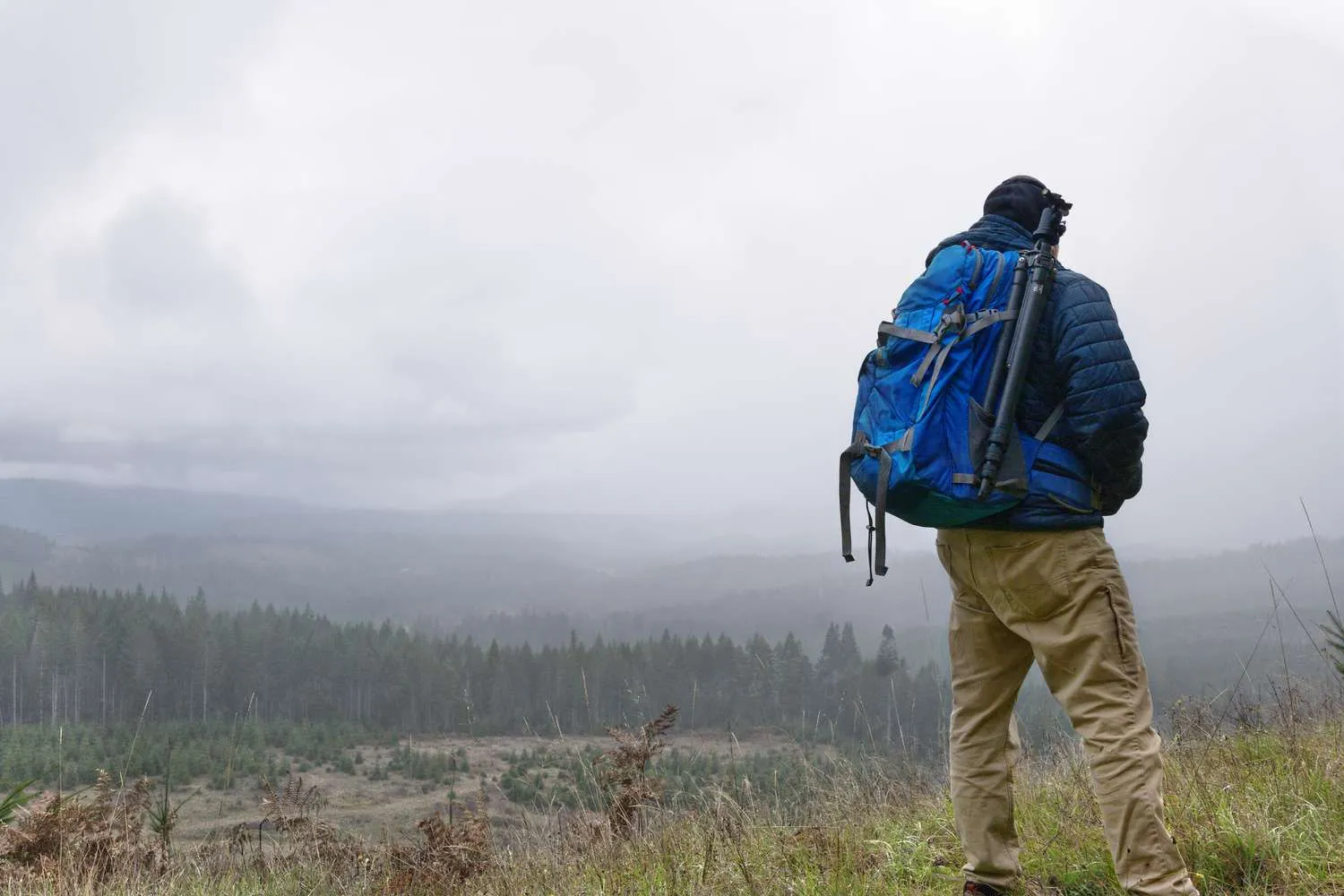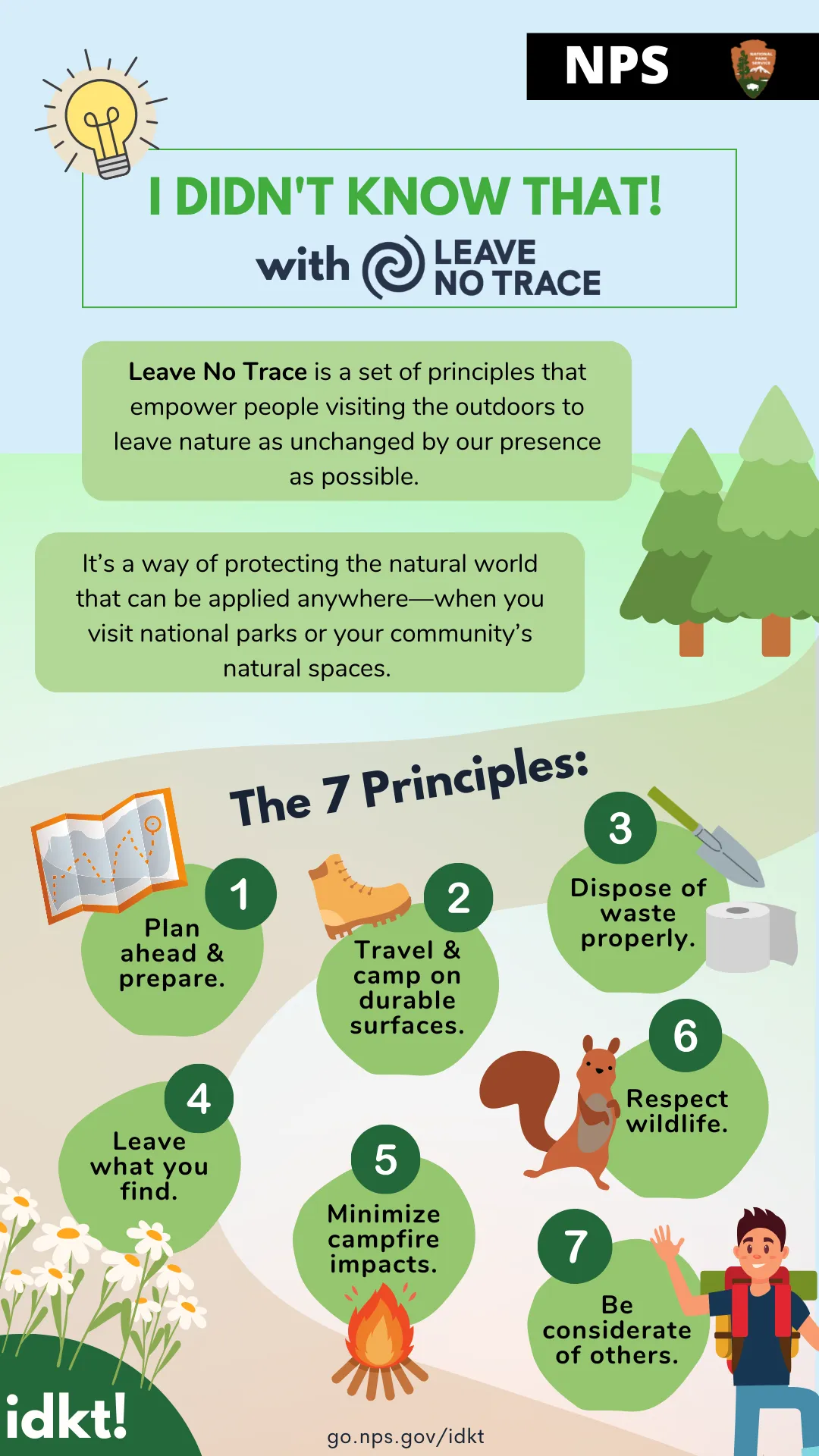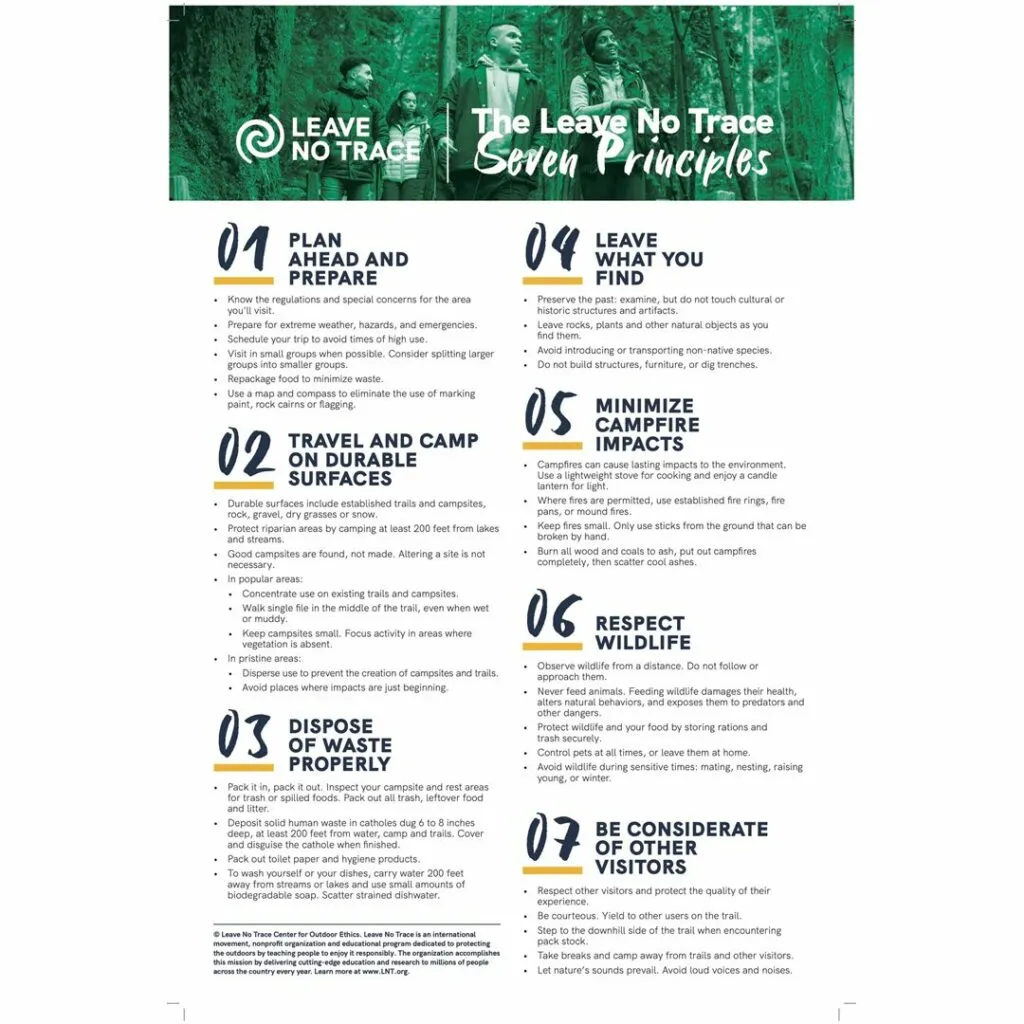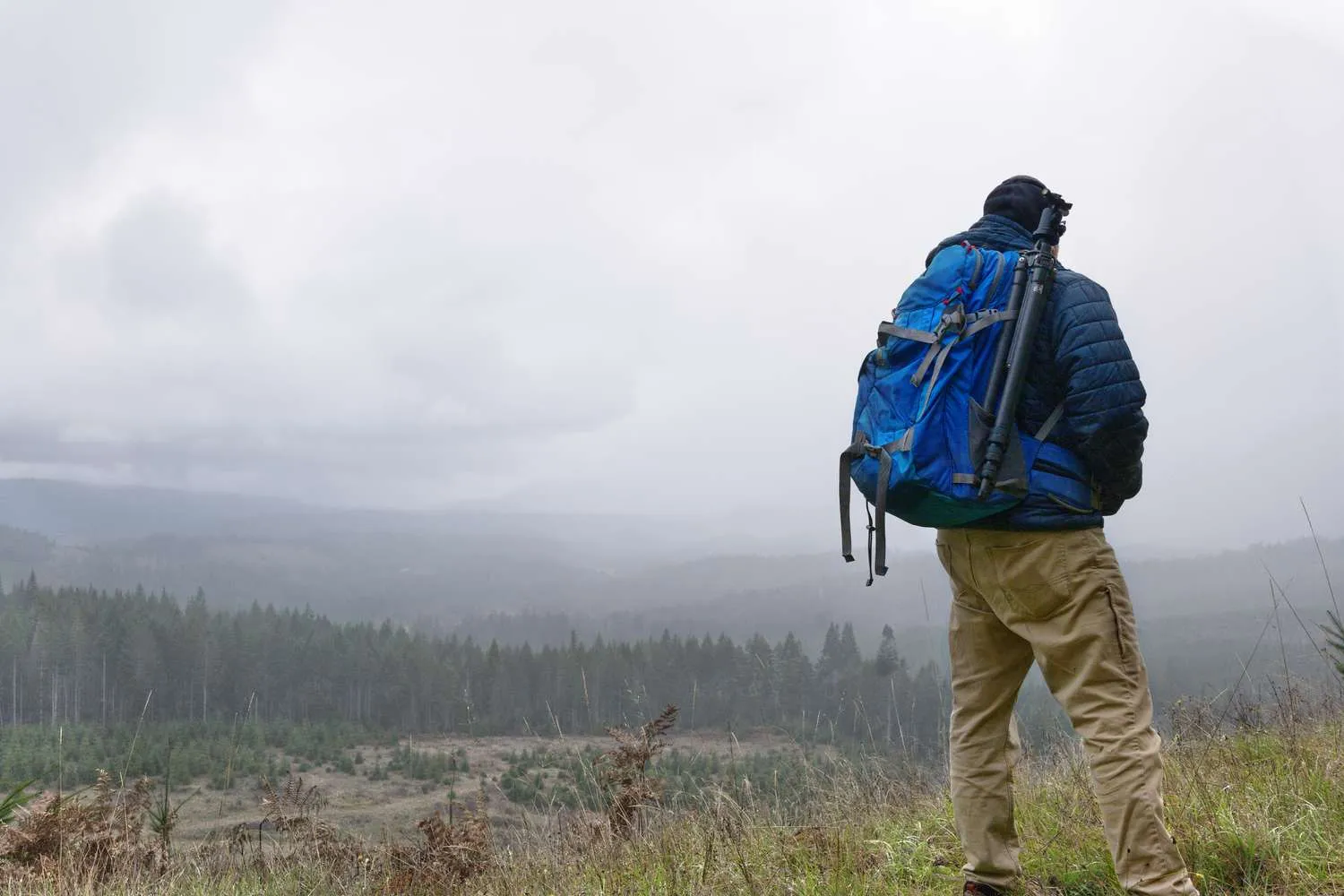
How to Follow Leave No Trace: Complete Guide to Responsible Outdoor Ethics
Learning how to follow Leave No Trace principles is essential for every outdoor enthusiast who wants to preserve wilderness areas for future generations. This comprehensive guide will teach you the seven fundamental principles, practical implementation strategies, and essential gear recommendations to minimize your environmental impact while enjoying nature's beauty. Whether you're a beginner hiker or experienced camper, mastering these ethics will enhance your outdoor adventures while protecting the places we love. Visit Nature Guests for more outdoor adventure guides.
Understanding Leave No Trace Principles

Understanding how to follow Leave No Trace begins with recognizing that these principles represent more than just outdoor rules—they're a philosophy of responsible recreation that preserves wilderness for future generations. Developed in the 1960s and formalized by the Leave No Trace Center for Outdoor Ethics, these guidelines provide a framework for minimizing human impact on natural environments while maximizing outdoor enjoyment.
The Leave No Trace movement emerged from increasing concerns about environmental degradation in popular outdoor recreation areas. As more people began exploring wilderness spaces, land managers noticed significant impacts including trail erosion, water contamination, wildlife habituation, and vegetation damage. The seven principles were developed through extensive research and collaboration between scientists, land managers, and outdoor recreation organizations to address these challenges systematically.
When I first learned how to follow Leave No Trace during my early hiking days in Colorado's Rocky Mountain National Park, I was amazed by how small changes in behavior could dramatically reduce environmental impact. A park ranger showed me how improper waste disposal near alpine lakes could contaminate water sources for miles downstream, affecting entire ecosystems. This experience transformed my approach to outdoor recreation and inspired me to become an advocate for responsible wilderness use.
Modern Leave No Trace education emphasizes that these principles apply everywhere—from remote backcountry expeditions to local park visits. Whether you're following hiking ethical guidelines or learning basic trail courtesy tips, the fundamental goal remains consistent: enjoying outdoor spaces while preserving their natural integrity. The principles work synergistically, with each one reinforcing the others to create a comprehensive approach to environmental stewardship that every outdoor enthusiast can master with proper education and practice.
The Seven Core Principles of Leave No Trace

Mastering how to follow Leave No Trace requires understanding each of the seven principles and their practical applications. The first principle, "Plan Ahead and Prepare," involves researching your destination, understanding local regulations, and packing appropriate gear to minimize environmental impact. This includes checking weather conditions, obtaining necessary permits, and understanding specific Leave No Trace considerations for your chosen area.
The second principle, "Travel and Camp on Durable Surfaces," teaches us to use established trails and campsites whenever possible, or to disperse our impact in pristine areas. Durable surfaces include rock, gravel, sand, dry grass, and snow. During my backpacking trips in Utah's desert regions, I learned to identify cryptobiotic soil crusts and avoid stepping on these fragile living communities that take decades to regenerate after disturbance.
Pro Tip: When camping in pristine areas, choose sites that are at least 200 feet from water sources and spread out your group's sleeping areas to minimize impact concentration. This technique helps preserve vegetation and prevents the creation of new social trails.
Principles three through seven address waste disposal, leaving natural objects undisturbed, minimizing campfire impacts, respecting wildlife, and being considerate of other visitors. Learning how to read trail signs and understanding hiking trail maps supports these principles by helping hikers stay on designated routes and understand area-specific regulations. Each principle requires specific knowledge and skills that develop through experience and education, creating outdoor enthusiasts who can enjoy wilderness areas while preserving them for future generations.
Essential Gear for Leave No Trace Camping
Implementing how to follow Leave No Trace effectively requires specific gear that minimizes environmental impact while maintaining comfort and safety. The right equipment enables responsible outdoor recreation and makes following Leave No Trace principles easier and more intuitive. Essential items include biodegradable soap, portable camping trowels, lightweight stoves, and proper food storage containers.
Biodegradable Camping Soap
Essential for washing dishes and personal hygiene without contaminating water sources.
Buy on Amazon - $9.99Ultralight Backpacking Trowel
Lightweight aluminum trowel for proper waste disposal and cathole digging.
Buy on Amazon - $15.50During my years of backcountry camping, I've discovered that proper gear selection significantly impacts both convenience and environmental responsibility. The MSR PocketRocket 2 Ultralight Camping Stove has become my go-to choice for Leave No Trace cooking because it eliminates the need for campfires in sensitive areas while providing reliable, efficient cooking capability.
Lightweight Camp Stove
Reduce campfire impact with an efficient, ultralight backpacking stove system.
Buy on Amazon - $49.95Bear-Proof Food Container
Protect wildlife and food with approved bear-resistant storage solutions.
Buy on Amazon - $79.95Understanding how to follow Leave No Trace through proper gear selection extends beyond individual items to entire systems that work together. Experienced backpackers develop gear lists that minimize weight while maximizing Leave No Trace compliance, creating setups that make responsible camping easier and more enjoyable. The investment in quality Leave No Trace gear pays dividends in reduced environmental impact and enhanced outdoor experiences that preserve wilderness areas for future generations.
Practical Implementation Strategies

Successfully implementing how to follow Leave No Trace requires translating principles into daily camping and hiking practices. Start with pre-trip planning by researching your destination's specific regulations, seasonal considerations, and environmental sensitivities. Contact local ranger stations to understand current conditions, fire restrictions, and any special Leave No Trace considerations for your chosen area.
During my recent backpacking expedition in Washington's Olympic National Park, I encountered a perfect example of implementation in action. Our group practiced Leave No Trace principles by camping only in designated sites, using established fire rings for cooking, and carrying out all waste including apple cores and orange peels. We discovered that even biodegradable food scraps can attract wildlife and disrupt natural ecosystems, emphasizing the importance of "pack it in, pack it out."
Water source protection represents a critical implementation area where small actions create significant impacts. Always collect water for washing at least 200 feet from streams, lakes, and springs. Use biodegradable soap sparingly and dispose of gray water by scattering it over a wide area away from water sources. In desert environments, I've learned to be especially mindful of water conservation and disposal, as these ecosystems are particularly sensitive to contamination.
Implementation Checklist: Before each trip, review local Leave No Trace guidelines, pack appropriate gear, plan menu items that minimize waste, and brief all group members on specific practices for your destination. This preparation ensures consistent implementation throughout your outdoor adventure.
Waste management implementation extends beyond human waste to include food scraps, packaging, and personal hygiene products. Develop a systematic approach to waste sorting and removal that makes compliance automatic rather than conscious effort. When learning how to follow Leave No Trace effectively, consistency in small daily practices creates habits that make responsible outdoor recreation second nature while preserving wilderness areas for future generations to enjoy.
Common Mistakes and How to Avoid Them
Even well-intentioned outdoor enthusiasts make mistakes when learning how to follow Leave No Trace, but understanding common errors helps prevent environmental damage and improves outdoor experiences. One frequent mistake involves improper campsite selection, particularly camping too close to water sources or in fragile vegetation areas. Many hikers don't realize that camping within 200 feet of water sources can contaminate drinking water for wildlife and other recreationists.
Food storage errors represent another common category of Leave No Trace violations. During my early camping years in Montana's Glacier National Park, I witnessed campers storing food in regular backpacks rather than bear-proof containers, inadvertently creating dangerous situations for both humans and wildlife. Proper food storage isn't just about following regulations—it's about preventing wildlife habituation that can lead to aggressive behavior and eventual animal euthanization.
Waste disposal mistakes often stem from misconceptions about what's acceptable to leave in nature. Many people believe fruit peels and food scraps are harmless because they're "natural," but these items can take months to decompose in some environments while attracting scavengers and altering natural animal behavior patterns. Even human waste disposal requires specific techniques, including digging catholes 6-8 inches deep and at least 200 feet from water sources, trails, and campsites.
Critical Mistake to Avoid: Never bury trash, food scraps, or toilet paper. Animals will dig up buried items, creating lasting environmental damage. Always pack out everything you bring in, including seemingly harmless organic waste.
Campfire-related mistakes include building fires in non-designated areas, failing to completely extinguish fires, and collecting firewood from living trees or protected areas. Understanding fire safety and environmental protection requires knowing when fires are appropriate, how to build Leave No Trace fires, and how to properly extinguish them. Learning these skills supports both environmental protection and personal safety while ensuring that future visitors can enjoy pristine wilderness experiences through responsible recreation practices.
Seasonal Considerations for Leave No Trace
Understanding how to follow Leave No Trace requires adapting practices to seasonal conditions and environmental vulnerabilities. Spring hiking presents unique challenges including muddy trails, fragile vegetation emergence, and wildlife nesting seasons. During these months, staying on designated trails becomes especially important as vegetation recovery from winter dormancy makes plants particularly susceptible to trampling damage.
Summer camping demands heightened attention to fire restrictions, water conservation, and heat-related safety considerations. Many wilderness areas implement fire bans during dry seasons, making portable stoves essential for Leave No Trace cooking. High visitation during summer months also requires extra consideration for other visitors, including proper campsite etiquette and noise management to preserve the wilderness experience for all outdoor enthusiasts.
Fall and winter outdoor recreation present different Leave No Trace challenges, including increased risk of soil compaction in wet conditions and wildlife preparation for winter survival. During these seasons, I've learned to be especially mindful of wildlife stress levels, as animals are focused on building energy reserves and finding winter shelter. Disturbing wildlife during these critical periods can have serious consequences for their survival prospects.
Seasonal Tip: Winter camping requires special attention to Leave No Trace principles because snow can hide environmental damage until spring thaw reveals lasting impacts. Always research seasonal regulations and adjust practices accordingly.
Weather-specific Leave No Trace considerations include understanding how rain, snow, and temperature extremes affect both environmental vulnerability and gear performance. Wet conditions increase soil compaction and vegetation damage, while extreme cold can affect waste decomposition rates and campfire safety. Successful implementation of Leave No Trace principles requires adapting techniques to seasonal conditions while maintaining core environmental protection goals that preserve wilderness areas for year-round enjoyment by future generations.
Conclusion
Mastering how to follow Leave No Trace represents an ongoing journey of learning, practice, and environmental stewardship that enhances every outdoor adventure while preserving wilderness areas for future generations. The seven principles provide a comprehensive framework for responsible recreation, but their successful implementation requires commitment, proper gear, and continuous education about specific environmental considerations and regional variations.
Through years of outdoor experience and education, I've witnessed firsthand how Leave No Trace practices transform both individual outdoor experiences and collective environmental impact. When entire hiking groups understand and implement these principles consistently, the cumulative effect preserves trail systems, protects wildlife habitats, and maintains the pristine wilderness experiences that draw millions of people to outdoor recreation annually.
The investment in Leave No Trace education and gear pays tremendous dividends in environmental protection and personal satisfaction. By following these guidelines, outdoor enthusiasts become active participants in conservation efforts while developing deeper connections with natural environments. Whether you're planning your first camping trip or your hundredth backpacking expedition, consistent Leave No Trace implementation ensures that wild places remain wild for generations to come.
Remember that learning how to follow Leave No Trace is an ongoing process that evolves with experience and changing environmental conditions. Stay informed about new research, updated guidelines, and regional variations through resources like ranger stations, outdoor education organizations, and fellow outdoor enthusiasts. Most importantly, share your knowledge with others and lead by example, creating a community of responsible outdoor recreationists committed to preserving the natural world we all cherish and depend upon for inspiration, recreation, and renewal.
Ready to put Leave No Trace principles into practice? Start planning your next responsible outdoor adventure and make a positive impact on the places you love to explore.

